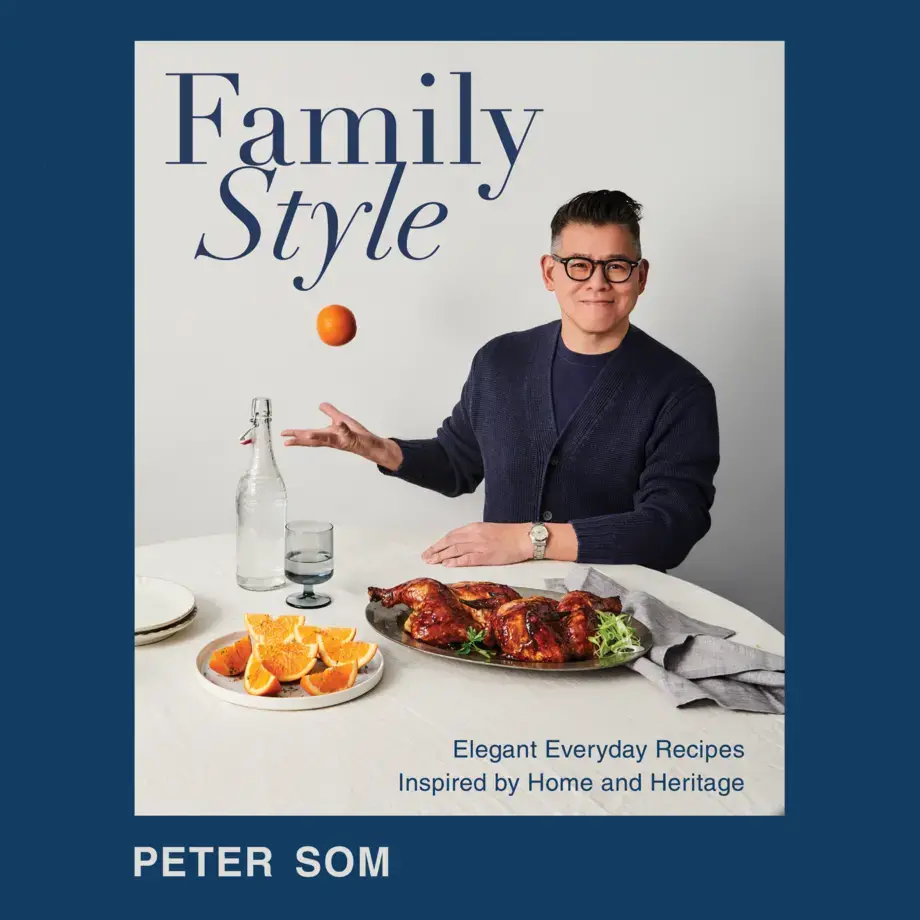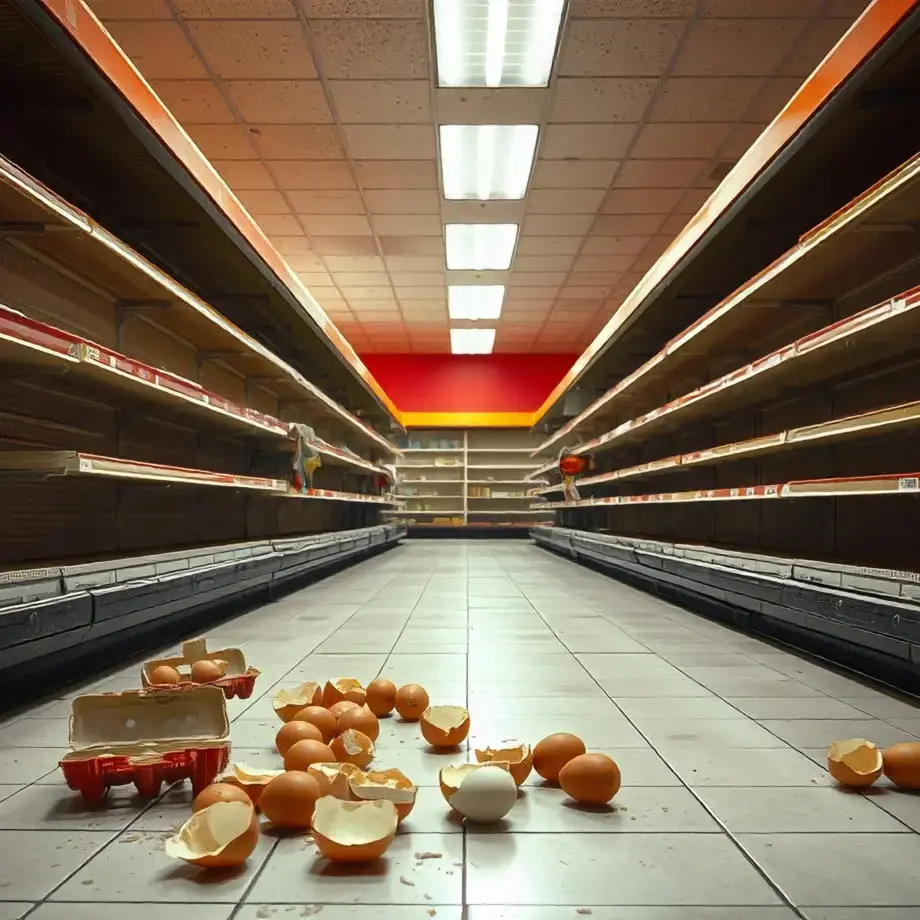Kitchen with a view? Better still, on view: throughout the world, more and more restaurants are choosing to move the cooking range closer to the dining room, with modern design open kitchens on view to all. In this way, customers can satisfy their curiosity and find out what’s cooking in professional kitchens, as well as being reassured as to the hygiene conditions. Food hygiene and safety, however, are not the only plus features of this type of venue: it is also – and above all – a question of taste. Not only does the consumer show more appreciation for food he sees being cooked, but the chefs themselves perform better when they see the diners enjoying their dishes.
In fact, according to a study carried out by the Harvard Business School, the best food would seem to be served in those restaurants where chefs and customers can see eye to eye. For two weeks, researchers from the USA university experimented four different scenarios in a cafeteria they had converted into an authentic laboratory. In the first, chefs and customers were positioned in different areas without being able to see each other at all. In the second, the customers could see the chefs but not vice versa. The third presented the opposite situation. Fourth and last scenario: the one in which the kitchen staff and public were given the chance to see each other.
At the end of each meal, customers were invited to fill in an evaluation questionnaire relating to the quality of the food and service. How did it go? As expected, the highest marks were given to the situation of total visibility which revealed a +17.3% higher preference attributed to the food. Surprisingly, however, the situation in which the chefs could see the public (but not vice versa) also turned out to be a winning one: in fact, scenario no. 3 registered a +10% appreciation of the dishes served. If the customers alone are afforded the chance to see the chefs, there is no difference in their evaluation of the food when compared to the dishes served by an invisible kitchen. The experiment was repeated several times, using different locations, which confirmed the initial argument: the kitchen staff react in the same way, wherever they are, when they can perceive the customers’ feedback with their own eyes.
There are various reasons for this result. A contact – at least a visual one – with the end-users of their work and culinary art is a strong stimulus for the chefs, who thus realize the importance of their job, feeling appreciated, satisfied and motivated to do their utmost. And this is exactly what they do. It is worth noting, however, that this improvement is not only perceived, but it is also an objective one. The researchers have in fact placed an external observer inside the kitchen during the experiment to take note of the particular care and attention taken by the chefs whenever the kitchen was on view to diners. For example, that of a more frequent preparation of the eggs used to accompany various dishes in order to reduce waiting times at the hob, with a consequent risk of overcooking. Moreover, there is a more efficient interaction between dining room and kitchen and the chefs see what is returned to the kitchen uneaten, with the possibility to adjust the menu in real time. At this point, we can safely say that the chefs’ pleasure at seeing their satisfied customers’ faces amply exceeds any performance-related anxiety caused by the lack of walls.








